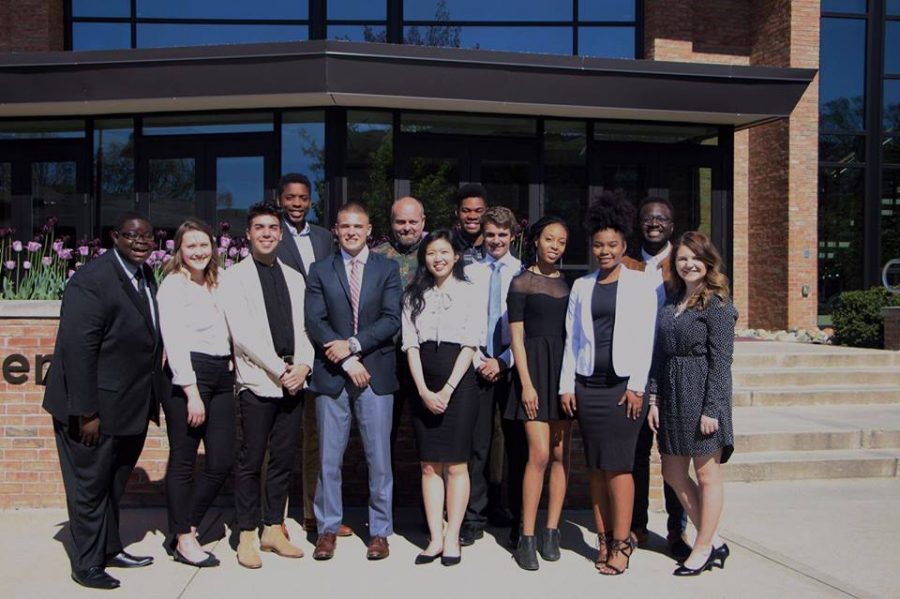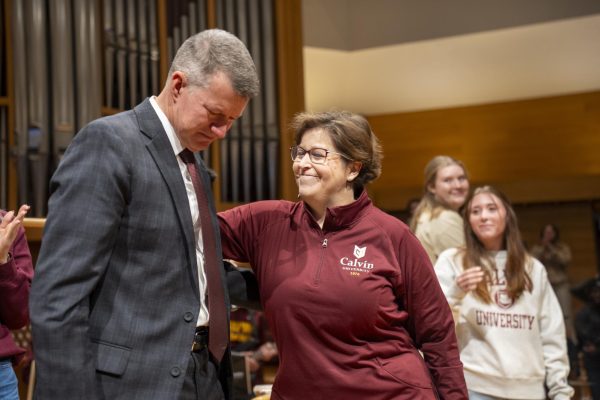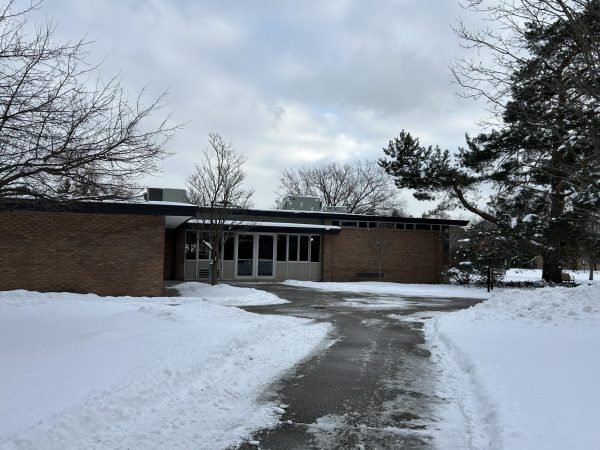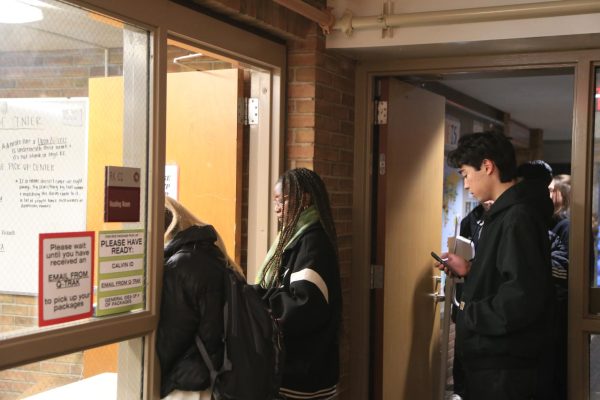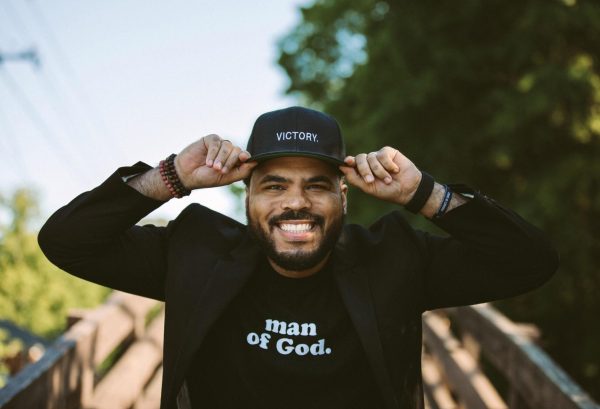VP selection changes to application-based process
The 2017-2018 student senate team pictured will be replaced by a new, restructured team including four VPs. Photo courtesy Student Senate.
This year, student senate has decided to change the process of appointment for student senate Vice President. Student senate VP will be chosen through an application process rather than a voting process. In order to qualify to apply, prospective VPs must complete certain prerequisites.
These changes come due to restructuring that happens every year in student senate. A committee within student senate reviews the year and looks to implement improvements for the following year.
“Each of candidates have met with an elections committee, attended an information meeting, and an extensive application process,” said Andrew Oppong, the current student senate president. “They also submit professional recommendations.”
After the new president is elected this week, the process to choose VP will begin.
Oppong said, “After new student body president [is elected], he or she in collaboration with myself and our student advisor will interview the vice president applicants and choose [them] with the newly elected president.”
There are currently six applicants for student senate vice president and four positions available: VP of external communication, VP of operation, VP of representation VP of administration. The six applicants are first-year student Maranda Brown, sophomore Margaret Hendricks, first-year student Elizabeth Kang, sophomore Garrett Medina, first-year student Claire Murashima and first-year student Katherine Niska.
Though the student body cannot vote for VPs, student senate is encouraging students to send feedback on a portion of the ballot to help enhance the upcoming interview process of VP applicants this year.
“Every year we have a restructuring evaluation based on what has worked in the past year and what has not worked,” said Oppong, “This is not out of character for senate to do.”
The vice president position used to be on the same ticket as the president. Four years ago, it was changed to a separate ballot. However, the student senate committee found that the separate ballots often led to different hierarchy of values between the VP and president, since each would craft separate campaigns with different goals. This new application process for the VP is intended to allow for a more cohesive cabinet team on student senate.
JB Britton, dean of campus involvement and leadership and advisor to student senate, weighed in on how this decision.
“I visited several other schools and saw this model, so this is what I pitched to senate. It wasn’t without controversy or conversation. But the goal was to increase the number of people to apply and get the right people in the right seats.”
Britton also recognized the disadvantage of this change.
“It’s the perception without the vote that people don’t have a choice. But in reality it never was an election.”
In the past, the number of people applying would be equal to or in some cases less than the number of VP positions available to run for.
“Ultimately,” said Britton, “we’re trying to make senate a stronger organization to have a stronger impact on this institution.”
Britton also expressed excitement for the future of student senate.
“We had a really strong year so it’s exciting to see how the new changes melded with the momentum with this year’s senate. It’ll be interesting to see what will happen with next year’s senate.”
Each VP is expected to work 15 to 18 hours a week, slightly below that of president at 18 to 20 hours a week. Both president and vice presidents are given a stipend, since, as said in the student senate constitution, the jobs are partly volunteer and partly compensation.
The presidential election will take place from April 25 to 26, between candidates Edgar Aguilar and Selvi Bunce. Results will be released on April 27.



